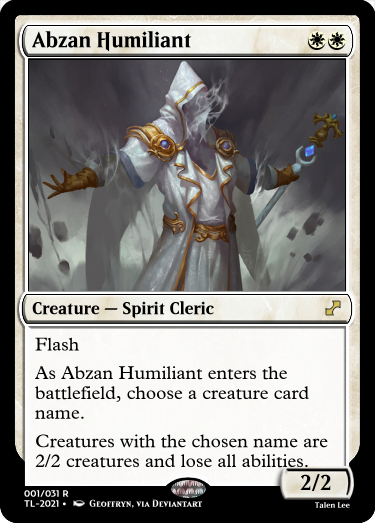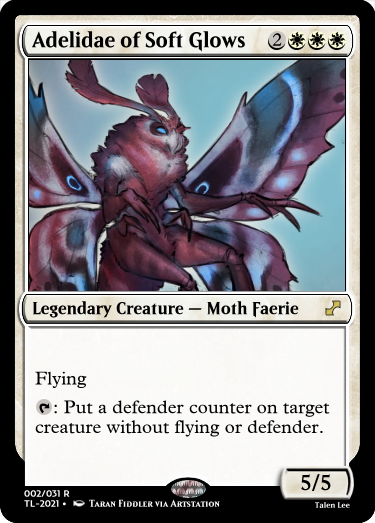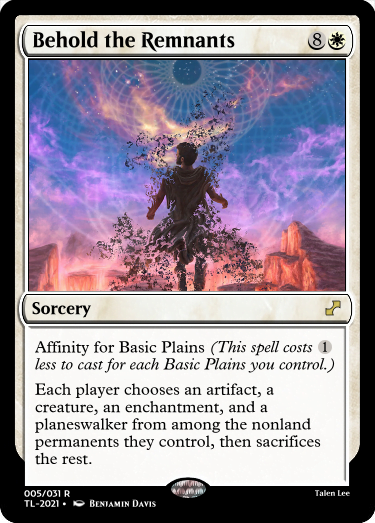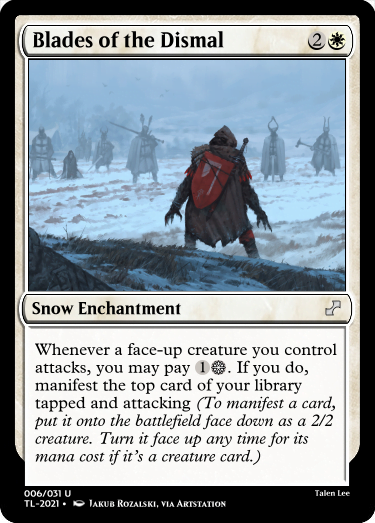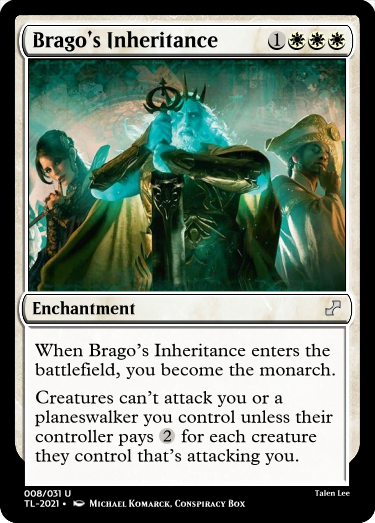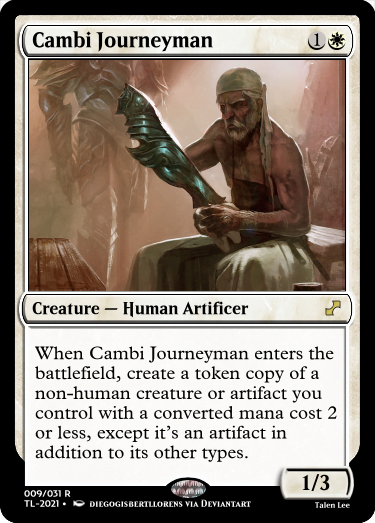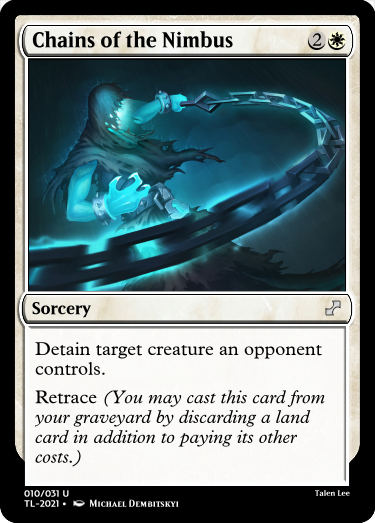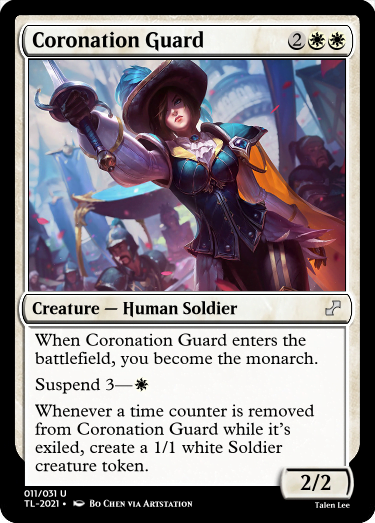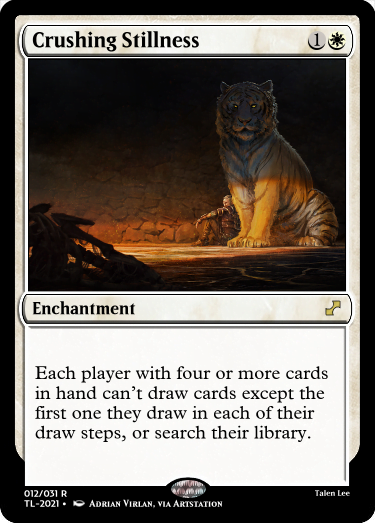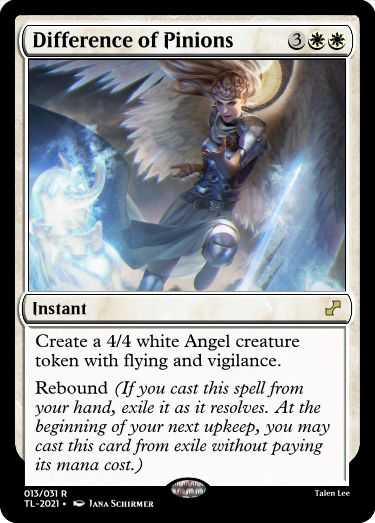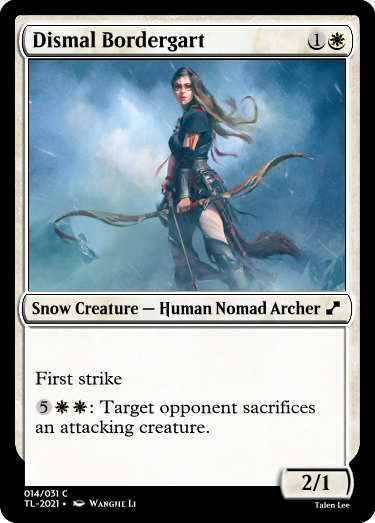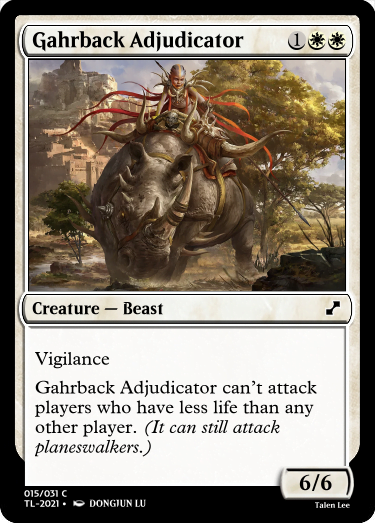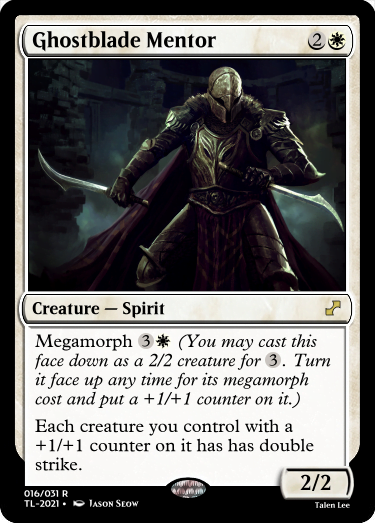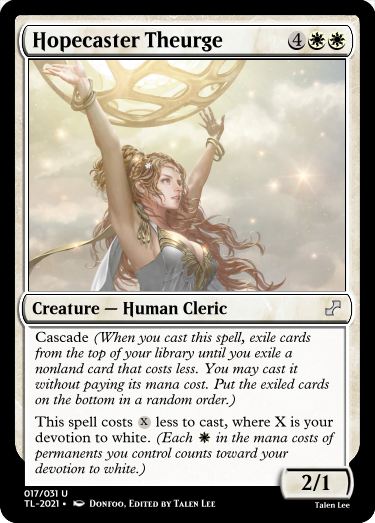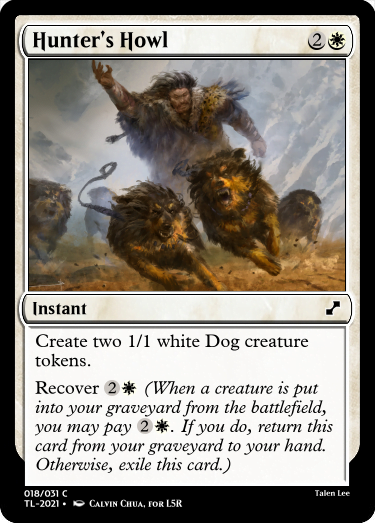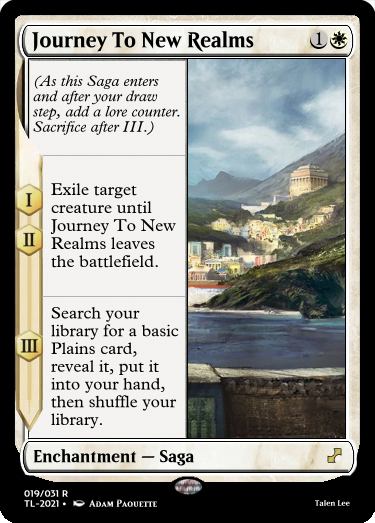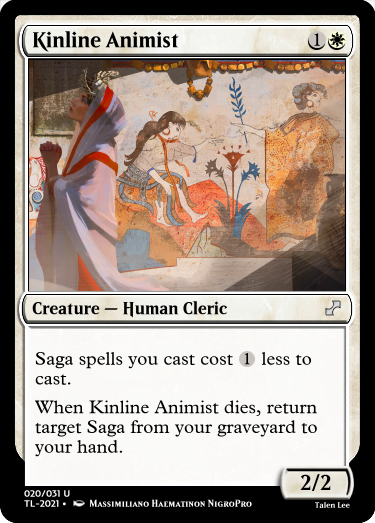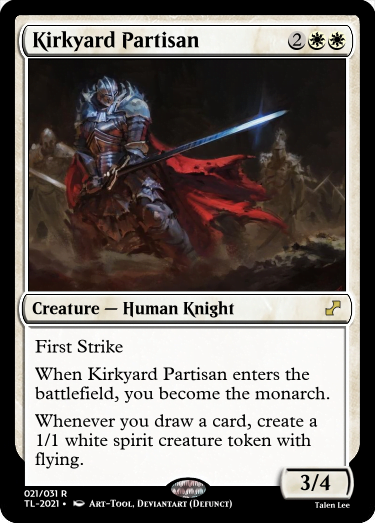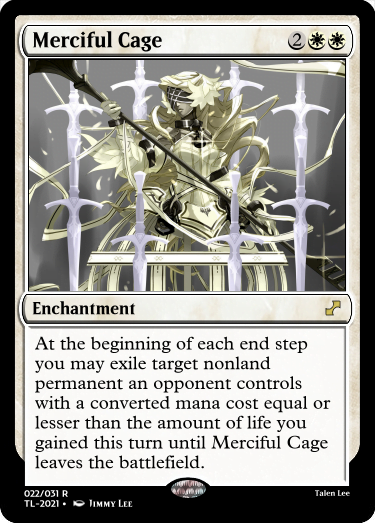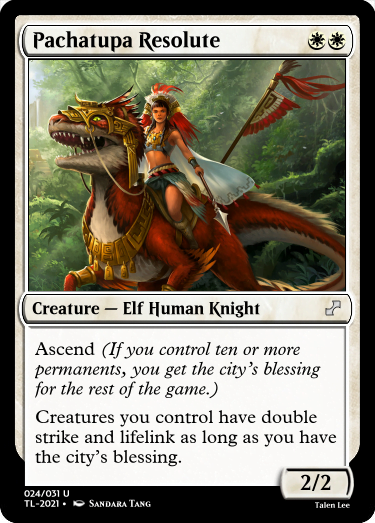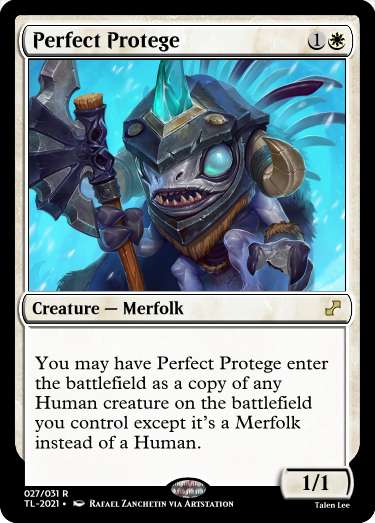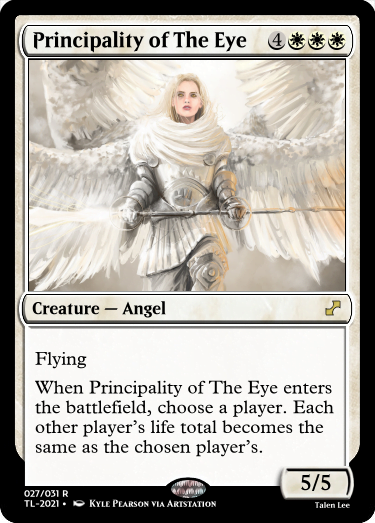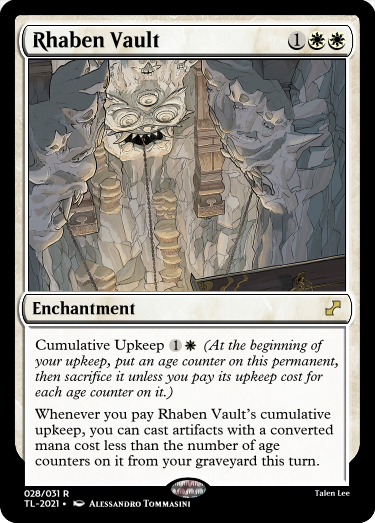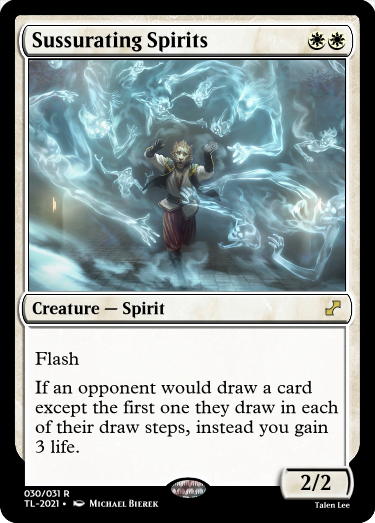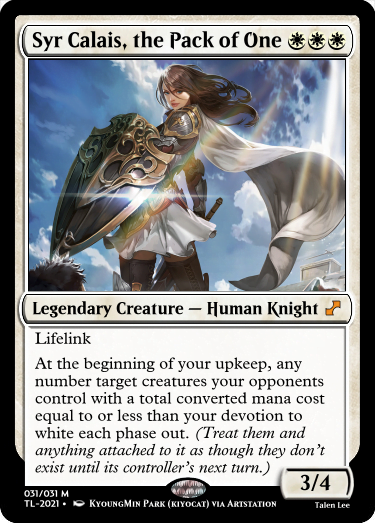January 2021 Wrapup!
Gosh, January’s already over! And some things that have happened in it that were not ‘literally everything getting worse the whole time forever,’ and like, that’s good to know.
What did we get in the Game Pile? We talked about Katana Zero, Tinderblox and Kittin, Wingspan, and two ‘meta’ Game Pile articles about What Left In 2020? and What Making Gaming Videos Is Like in 2021.
What did we get in the Story Pile? I talked about Birds of Prey (and the Fantabulous Emancipation of One Harley Quinn) which I liked a lot and I think my review with the shocking idea of ‘what do you iexpect ithis kind of thing to be like,’ Star Trek Discovery, Season 3 which I also liked a lot, The Bletchley Circle which, again, I liked a lot, and and a meta article about the stuff from 2020 that was so bad that I ditched it, Flushing 2020.
There are some other articles I like a lot that I put this month. I reflected on the funny story of the The Beaver Drop. I put out a long form article on an idea I have for developing White in Magic: The Gathering, with The Case For White Copying. We talked about D&D with both a piece on The Paladin’s Plight and a piece on The Cleric Archer. I also ruminated a bit on what we say when we wear a mask right now, with What Does A Mask Say? I also spent some time to finally put down some thoughts about one of my favourite arcs in the Haruhi Suzumiya idea space with this article about the Endless Eight.
Also, despite my desire to keep out of politics, I did write a piece explaining What’s a Condorcet Winner?
In fancy-pantsy academic making and writing, messaging and signalling studies, I talked about Fuzzy Games , which relates to my ongoing studies, Practicing Practice which is how I approach helping students engage with making, and an oblique interrogation of interfaces with Does the Audience Play?
Here’s this month’s T-Shirt, modelled on the Blue Shell of Mario Kart fame.

I feel like overall, this month, I did a lot of work – the articles are longer than usual. But I also was able to bring my backlog back up to a healthy 32, rather than the lower number it was languishing at. This is really heartening, and because I have a full year of possible slots in front of me, any time I get an idea that relates to a theme, I can throw it forward into the future for that theme.
Hopefully you’ve been enjoying!
MTG: January’s Custom Cards: Witness The Whiteness
WOTC Employees: This article is entirely about about unsolicited game designs, with example cards.
I partake of custom magic design over on a subbidy reddity thing over there, and I make good designs and sometimes, they do not appreciate them because, what, like, people have different tastes or whatever. One thing I’ve been trying to do of late is just do more stuff in general rather than give up on them, with some little once-a-day tasks to keep myself from falling into 2020’s rut of ‘what did I do all day?’ I’ve been seeing if I can find a theme I like, then building around it.
Presented then are the 31 cards of January, themed around the question of adding to white.
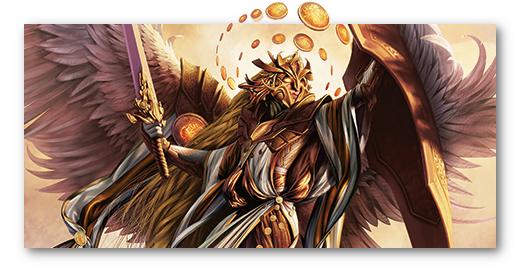
By default I’ll always be designing cards for Commander, and with the understanding that that format is not one with a power level banning situation but rather a casual banning situation. Things on the commander banlist are usually there for access reasons or for tedium reasons: They make the game boring and repetitive.
One thing I learned from the custom magic subreddit about this, though, is that people are really inclined to measuring an optimal scenario for white cards. Devotion, for example, is always treated as if it is functionally infinite, as if a multiplayer commander environment isn’t this space renowned for board wipes and proactive removal.
It’s honestly really funny: Mono-white is underpowered and weak in a multiplayer environment, but at least as far as we’re talking here with custom magic creators, it can always get access to infinite resources to do what it wants to do. Weird!
Game Pile: Making Youtube Videos
What’s this? A second video? Swindle footage? Don’t worry, it’s not more Swindle. Though I could do more Swindle.
Do you want me to do more Swindle? I mean I could do that…
Anyway, here’s a video about what I’ve learned with Youtube and what I’m doin’.
2020 Kickstarter Roundup
A few years ago, I learned that if you want to engage with kickstarter, you should check it out both as a backer and a creator. If you haven’t partaken with kickstarter, you don’t have any idea of what people expect out of it, and you can have unrealistic assumptions about what people expect of you. Yes, this is an elaborate set of excuses for engaging with Kickstarter and buying myself a bunch of board game stuff, but it’s also research, mom.
I approach this with modest trepidation, though, because this is ultimately me looking at a bunch of games, a thing I’d normally want to focus on in a Game Pile Post. But at the same time, Game Pile posts are posts for talking about the games as media, rather than explaining them as commercial products.
Since I seem to use January as a holding for ‘everything wrapped up from 2020,’ then, let’s have a look at the Kickstarter stuff I engaged with in 2020, how that worked out for me, how satisfied I am with the products and whether or not they have arrived, or will arrive, or whatever.
The Collapse of Haruhi Suzumiya
Anime is an art movement that has encapsulated thousands of different competing threads and there’s no true centralising canon because it’s fragmented across all sorts of cultural anchor points. Australians of my age that are into anime so often got started because Aggro’s Cartoon Connection screened Sailor Moon, the ABC screened Twins of Destiny and Amazing Cities of Gold, and SBS, in the late 90s, screened Neon Genesis Evangelion, meaning that those four anime are sometimes seen as ‘common ground’ topics. Common ground for one age bracket in one country, and even then, only sometimes.
There are some events that can be looked upon, in the english-speaking anime fandom, though, in terms of their impact on shared cultural spaces, typically conventions, but also just, anime releases that somehow managed to be widespread enough at the right time that they became foundation to the conversation. The big three of Naruto, Bleach and One Piece. Evangelion movies. Fullmetal Alchemist, then Fullmetal Alchemist again. A collection of trans girls and boys and nonbinary people that can trace a lineage from Ranma 1/2.
There is a category of people I can annoy enormously by responding to a Touhou picture with which anime is this from?
There’s only so much room for any given series to suck up a lot of the oxygen in the fandom space. You can’t typically have five or six ‘big name’ anime that ‘everyone’ has an opinion on. One of those ‘event’ Anime, that rose, became incredibly prominent, and then deformed the culture at large, becoming one of the rings in the tree trunk that is this strange cultural enclaves, was the franchise known as Haruhi Suzumiya.

T-Shirt: The Mad, The
First up, the design:

I am genuinely surprised by the number of nerds that seem to take the blue shell from Mario Kart personally. It’s a catch-up mechanic in a game designed to be playable by four year olds. Like, you can genuinely find people having angry arguments about it as ‘the socialist blue shell’ and even some enterprising gamer types trying to categorise leftist politics as ‘blue shell politics.’
Anyway, they’re idiots and they don’t like losing to the blue shell, so they can The Mad, The. Don’t worry about it, it’s German.
 You can get the shirt here at Redbubble.
You can get the shirt here at Redbubble.
EDIT: There’s a chance, by the time this goes up, you can’t? Because this shirt was flagged for review, because I said ‘people get mad at mario kart’ in the description. Capitalism is dumb.
Story Pile: The Bletchley Circle
The Bletchley Circle is a 2012 miniseries and subsequent pair of spinoff pairs about a group of women who worked in an official capacity for the codebreaking wing of the intelligence service during World War 2, and the subsequent and overwhelming bore their lives turned into once the Crown had a reason to stop treating them like bloody smart experts.
After World War 2 there was this thing called the Official Secrets act, which was ostensibly exactly that; it was legislation that made every person involved in secret work obligated to maintain that secret, and in order to maintain that, anyone who was involved in sharing that secret if it was ever discovered was also liable for punishment. The punishments were pretty severe, which meant there were people who worked in codebreaking whose partners never learned what they did at all, a thing that seems kinda badass until you remember just how much of the labour of the time during the war was being done by marginalised people, and this subsequent official secrets act was an actual and material hindrance on people using that independence they learned during the war to shape their life after it. Kind of hard to show you ran an ammunition factory for two years if you can’t mention the ammunition factory.
Anyway, the women know a thing about each other that only they know, including their intellects and experiences with difficult problems and noticing patterns in human behaviour, and so, they start a book club.
And hunt down serial killers.
How To Be: ME GRIMLOCK (In 4e D&D)
In How To Be we’re going to look at a variety of characters from Not D&D and conceptualise how you might go about making a version of that character in the form of D&D that matters on this blog, D&D 4th Edition. Our guidelines are as follows:
- This is going to be a brief rundown of ways to make a character that ‘feels’ like the source character
- This isn’t meant to be comprehensive or authoritive but as a creative exercise
- While not every character can work immediately out of the box, the aim is to make sure they have a character ‘feel’ as soon as possible
- The character has to have the ‘feeling’ of the character by at least midway through Heroic
When building characters in 4th Edition it’s worth remembering that there are a lot of different ways to do the same basic thing. This isn’t going to be comprehensive, or even particularly fleshed out, and instead give you some places to start when you want to make something.
Another thing to remember is that 4e characters tend to be more about collected interactions of groups of things – it’s not that you get a build with specific rules about what you have to take, and when, and why, like you’re lockpicking your way through a design in the hopes of getting an overlap eventually. Character building is about packages, not programs, and we’ll talk about some packages and reference them going forwards.
You know, last year we did a bunch of characters who could be seen as fitting the genre of a combative adventurer reasonably well, and maybe it’s time to try some stuff that’s a bit more weird. With that in mind, let us reach wide, with our tiny, tiny arms, and look at ME GRIMLOCK!

CoX: Lifts
Time to time, I write up an explication of characters I’ve played in RPGs or made for my own purpose. This is an exercise in character building and creative writing.

The conventional vision of the hard suits is that they’re hardware that makes everything else easier. Which, yes, technically, true; they can do things like manage gravity extenders or hard-light impact gauntlets. A hardsuit lets a normal human operate on the level of a superhero.
The problem is the suits themselves are heavy hard suits. They’re only doing so much of the work – to pilot one at peak efficiency, you have to be an extremely accomplished athlete, fit and extremely strong. And you can take the training and the parts, and strike out without them to much of the same effect.
When people first meet the ex-Hardsuit pilot – the hard-body hard-head Lita Kinamo – the question ‘What’s she like?’ is asked. The answer’s always the same: She lifts.
Game Pile: Tinderblox and Kittin
Hey, do you like Jenga?
Jenga’s a pretty solid game. I mean, it’s going on fifty years old, it’s simple, it’s really cheap because every company can make their own version easily. It’s one of those games you’ll see in a dollar store as some company makes their own version of it. Jenga is definitely a success and I think it’s reasonable to say, if you like having a board game collection, it’s a good idea to have a Jenga-like game there.
I don’t own Jenga. And now, I don’t think I’m going to.
Continue Reading →The Beaver Drop
In the 1940s, Idaho needed to move some beavers.
Continue Reading →What’s a Condorcet Winner?
I talk from time to time about voting systems, because they’re useful for game design and also because they’re uh, part of how we interact with our entire political system, and there’s a bunch of countries that do a terrible job of it, which shouldn’t really be how it goes, but voting is a cousin of math, and it was written about by French people, and if there’s one thing American political culture absolutely cannot abide, it’s a good idea from France. Here in Australia we use a voting system you might know as an instant runoff system, or a ranked voting system. This system is strictly better than the American system, and if you want to argue that, you are wrong, but.
But.
It’s not perfect.
Continue Reading →4e: The Paladin’s Plight
Pacing is important in games. It’s a lesson that can be difficult to learn without trial and error, and when your game is big and playtesting sessions are slow and about lots of varied choices it’s entirely possible that you have a pacing problem that only a small number of people are ever going to notice.
In 4e D&D, the Paladin was one of those characters with a rough pacing problem. If you build one, now, using any of the major building tools available, you’re going to see that when you hit level 2, you have to pick one of the utility powers available at that level and
Woo.
It is a spicy one.
Continue Reading →Story Pile: Star Trek Discovery, Season 3
Star Trek Discovery wrapped its third season a few days ago, and thanks to properly licensing the thing, here in Australia I was able to watch it nearly on schedule, waiting only a day or two to legally watch it on the legal service I legally pay for, which
is nice
for a change.
Speed Week: Goblin Bakery Game
Well, now, it’s been a week since Speed Week.
How did GAMES MADE QUICK go for me?

First of all, my intention was to do a lot of the documenting of the process on twitter. That was a good idea, and normally, that would work out fine for me. Live editing on Twitter is a pretty easy thing to do when I’m doing stuff like playing around with card face designs. It’s been a nice feature of how twitter can handle me pasting visual information from a graphic tool, or I can screencap lists of text or diagrams.
Thing is, this time, I brought this idea up with Fox. Fox is a person, and she lives in the same house as me, and not on twitter. Which meant that when I did set this time to do work on this game idea, it was a conversation between two people, in a room, back and forth and not in text on twitter. What resulted, then, was not the same thing as a normal twitter thread. Big deal, bit of a bummer.
Instead, we talked about the game as we walked the dog, or when there was downtime during Games Done Quick itself. We did still set limits – We’d have one conversation a day, and that was all there was to it, I wasn’t going to try and stretch it out. I also didn’t do a lot of work on the last two days. Those days were busy for me. That’s okay! With that in mind, how far along did the game get?
First of all, here’s the twitter thread I did.
What we did come up with was a game about goblins raiding a bakery. The game’s tone is light, and sweet, but also chaotic and slightly incompetent. Goblins are meant to be kind of clueless and dumb but in a very sweet and greedy way.
The player goal is to steal a number of cakes from the bakery. You do this by picking up a cake and passing it to the goblin behind you. The cakes are represented by cards, which have a ‘need’ on them to represent how many dice are stacked on them. Complex, tall, teetering cakes need a stack of dice on them to represent concentration and effort from the goblin moving them around.
Players will be rolling dice in real time. Players can control any given goblin as they roll their dice – trying to roll dice that they can stack up, with a specific rule on each card, to make the dice lock in place. Each goblin has a number they also need to roll – in sum – with the cake they’re holding, to pass it along.
The game has a really physical manner, and part of how it’s physical, is that the timer is going to be a piece of music. I spoke to some friends about how to do that, and the piece of music known as Powerhouse served as my general thinking. You have a bucket chain of idiot goblins in a bakery, trying to take cakes off the counter, then pass them along.
The deck of cakes has a number on the back of each card, and that card is the ‘lock’ number. Any dice that’s showing the lock number can’t be picked up and rolled – at least until another Goblin uses a hand to shake their goblin friend.
This gives a basic run-down of how the mechanics work. This is the information I’d use to make a prototype set of rules – some cards in a word document table, a page or two of rules, then share it on Itch to see if anyone wants to playtest it.
This is how small games can get made. It only takes a few conversations, a few exchanges, to get an idea into a prototypeable space. Write down the ideas you have, when you can, and you’ll find you do more work than you think.
MTG: The Case For White Copying
WOTC Employees: This article does not include unsolicited game designs. This article does discuss hypothetical opportunities for cards or mechanics, but no specific card designs, presented as graphical information.
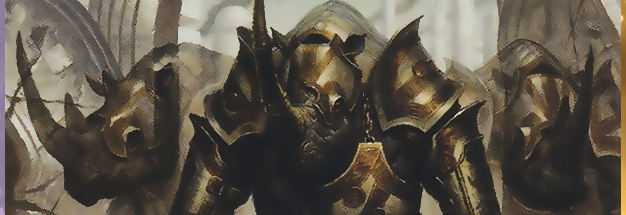
Game Pile: Wingspan
I am not going to be able to tell you anything comprehensive about Wingspan. This game was a phenomenon when it launched, it was so successful it spawned conspiracy theories and it defined the conversation about games, their distribution, kickstarter and things like ‘elasticity’. There is no reason, in particular, to want my opinion of Wingspan, per se.
I liked it a lot.
Continue Reading →Fuzzy Games
In his review of Eclipse: Second Dawn for the Galaxy Review, Quinton Smith of Shut Up & Sit Down used the term fuzziness to refer to the way that this enormous, complicated game overwhelmed your ability to predict outcomes from all the possible interactions. When talking about it, he was explaining the way that this game, which is deliberately daunting, creates an ambiguity between what you can commit to doing and what the game will do in response.
Now what makes it somewhat remarkable in the case of this game is that it seems to do this with mostly open information – players have their own tableaus and their own clearly marked scores and crystals and ship designs, with the only real ambiguity being the results that are going to come out of dice when they’re rolled.
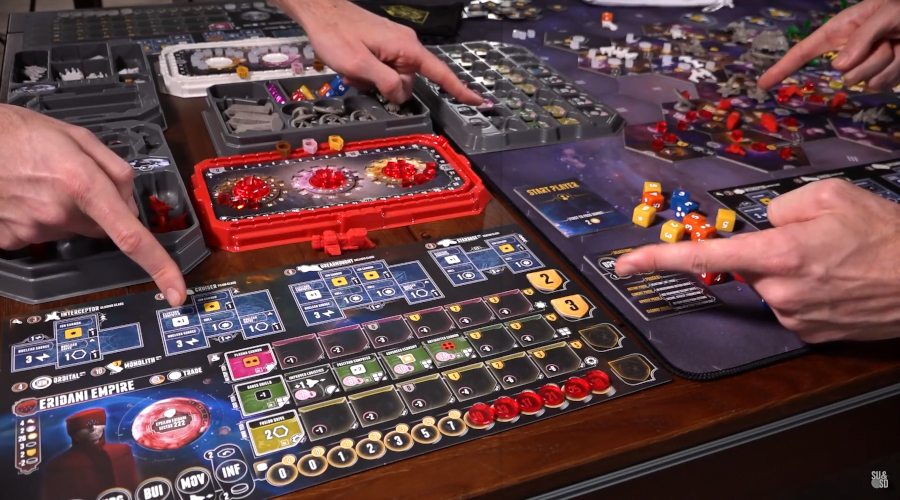
This is not a particularly new idea in game design at all, but it is a fun launching point to talk about because one of the things that Big Box: Expensive Miniature Cardboard Pachinko Machine has going for it is lots of open information, which isn’t typical. What Quinns describes as fuzziness is something I look at in my (in progress) PhD thesis, under the descriptive title of Entanglement.
Continue Reading →Practicing Practice
You know that old phrase ‘practice makes perfect?’ It’s one of those little aphorisms that’s so common that we tend not to examine it. Typically it’s trite, and at worst, actively inhibits the conversation, something that makes it seem like the person who says it isn’t really paying attention.
3.5 Memories – The Cleric Archer
It’s by no means a secret that 3.5 D&D’s balance was off in some ways that made ‘good’ and ‘best’ categories of things a little unintuitive, like how the best stealth-based character was a wizard, or the best speed-based character was the wizard, or the best big, strong melee character who smacked things with a sword was a wizard.
Hm.
If you ever got asked, houwever, about ‘best’ builds, there were always a handful of builds that stood apart because they had unique combination of effects. There was the Supermount, for example, or the Wildshape Ranger, builds that were renowned for having access to something that set them apart from things of their type. And, especially since Legolas was in the popular media at the time, there was often a question about how to make the best archer. There were plenty of archery feats, and it seemed for once, this was a challenge the fighter was perfectly suited to address – the excessive strength of the Barbarian’s rages wouldn’t necessarily apply, and sneak attack for a rogue was harder to get, so perhaps, perhaps, with a host of feats available, surely the best character to take them would finally be the Fighter?
Nope.
It was the cleric.
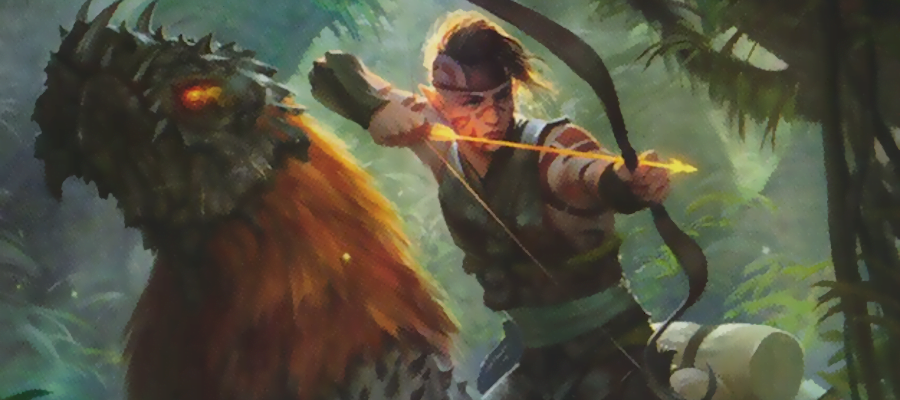
Story Pile: Birds of Prey (and the Fantabulous Emancipation of One Harley Quinn)
I guess up front there’s a sort of standard outlay of nerd stuff that I need to lay out here, because it’s never enough to just talk about a movie. On the one hand I find the task a little tiresome like there are some movies that get special disclaimers and clauses because heaven forfend I don’t show appropriate deference to a movie and be deemed as having, I don’t know, ‘wrong’ opinions? Because how can I say ‘I don’t want to watch Joker’ if I haven’t seen it?
Anyway, I suppose out of the box, some token criticism for this movie; there’s a line I think that didn’t quite land.
And
I mean I think that’s it?
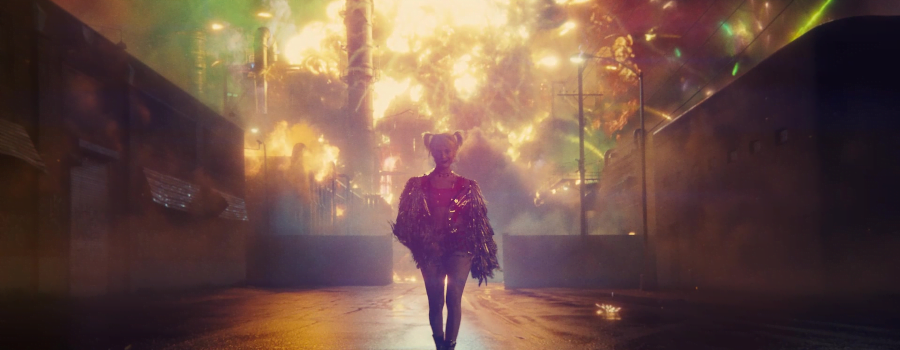
Does the Audience Play?
Back in June 2019, Some Guy on Twitter, going by the name Rob Wesley, shared screenshots from this article on Rolling Stone, about how Rob Thomas and Carlos Santana came together to make the song Smooth. What Wesley shared in the thread is a section where the narration outlines the way that Rob Thomas was playing Silent Hill and how that was important to Santana’s relationship with him – that their friendship during the songwriting of the song Smooth was marked by long stretches of Rob Thomas playing Silent Hill games while Santana got stoned and told him what to do.

This led to an interesting conversation. The question, as I posited it to my partner, is this: Was Carlos Santana playing a videogame?
9 Superspeedsters (Who Are Buttholes)
Hey, uh
Ever noticed that there are a bunch of super speedster characters who are just total buttholes?
This isn’t a hard rule by any means – I don’t mean to say ‘characters who have super speed are all bastards.’ If nothing else, that’d be a pretty sweeping statement. It was something I noticed on City of Heroes that it was really common for people, when freed from existing canons, to make their own take on the super-speedster, seemed to pretty reliably make them, well, jerks.

At the time I thought this was just a byproduct of the somewhat insular reference pool of the community I was in. Like, the fact I couldn’t name in my entire RP circle, someone who had played a ‘Power Girl-type character’ but I could name multiple people who made anthropomorphic bats, and that the bats were all jerks, maybe painted to me that my environment was jerk-dense.
Thing is, when I went to revisit the topic, I found that it wasn’t that all speedsters are jerks… it’s that prominent speedsters were jerks. I did a quick sweep of a list of speed characters, and found that there was a pretty consistent trend that media that featured a speedster would often present that speedster as an asshole, and there was seemingly a stock episode in the 90s where a character would get super speed, be a total asshole with it, then abandon it, because they don’t want to be assholes. Because learning to not be an asshole with super speed is hard?
“But okay,” you may say, “Is this setting up a listicle,” and I thought about it.
I thought about it.
And then I did it.
Because look, this isn’t just superheroes, right?
Continue Reading →Game Pile: Katana Zero
For this game, I thought rather than just put my thoughts out there about the game (I didn’t like it until I suddenly really liked it, it has an interesting vision of the future as experientially procedural, it’s cyberpunk as hell), I should take this opportunity to bring forward Corey, who has thoughts on games where perception, world experience, and communication are important.
And that is, by the way, pretty much all of them.
Anyway, so we talked for twenty minutes or so about Katana Zero and how it metaphorises hyperfocus.
If you’d like a full-sized version of that thumbnail, here:
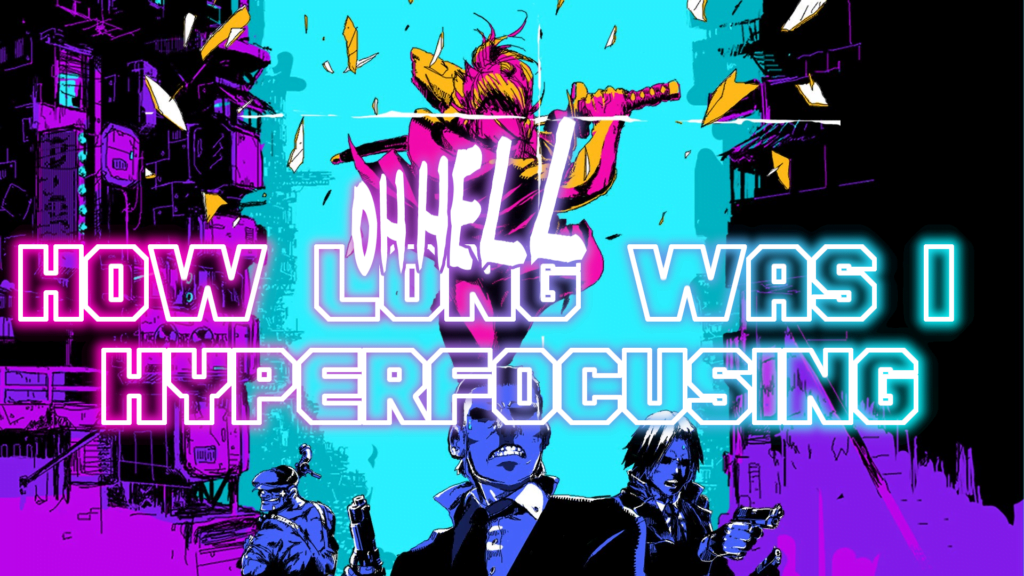
You should go check out Corey, on Twitter, and encourage him to get a website or blog of his own to talk about stuff in a way that isn’t Heck Birdsite.
Blurr!
If you know this character already, you know that there is one specific voice to use when writing about him. You might also know it is exceptionally annoying to write that way, and it’s even more annoying to read. It’s even the voice that the entire article about him is written about on the Transformers Wiki, which is so irritating to read that I have summarily given up on knowing anything true about the character and will not fact check anything I have to say here.
So here is the Generation 1 transformer, Blurrtimus ‘David’ The Jones.
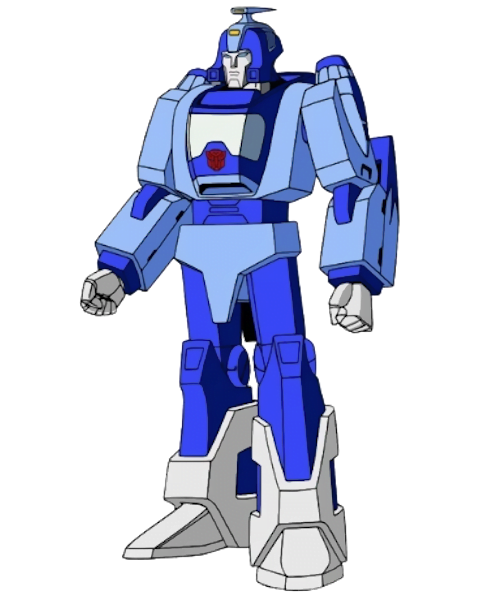
David is a transformer created for the Transformers Movie, back in 198something. There was this push for the movie to serve as this dividing line between old Transformers, which played up the disguise, infiltration, secret angle of the Transformers characters, to the new generation of Transformers, who were going to be more of a ‘weird world space-faring’ story, where every new episode took the characters to a new oddball planet or meeting a new oddball alien. This was in part to open up different kind of transforming robot designs and maybe free up the previous generation’s reliance on wheeled vehicles, and it shows in the way characters like Kuppimus Kup and Miss ‘Sir Not Getting A Toy This Generation’ Arcee have vehicle modes that are kind of not like what you’d consider a vehicle, more ‘sci fi space ship’ than ‘could be parked at a Blockbuster.’
This movie also got a bit of a push where the characters presented for it were created with a bit more whole thought than the TV series? Characters were sort of approached all at once, and given clear affects and styles and character voices for the voice actors to establish. These aren’t complex characters – it’s pretty much just each character had a single gimmick that they could build out later (and never did). So, you have Rodimus Jr, whose gimmick was ‘is young’ and then you had Ultra Magnus whose gimmick was ‘is boring’ and then you had Arcee, whose gimmick was ‘is a girl’ and Springer whose gimmick was ‘probably meant to be Rodimus Jr.’
Now, David here, aka Blurr, is a Transformer whose bit is that he’s fast.
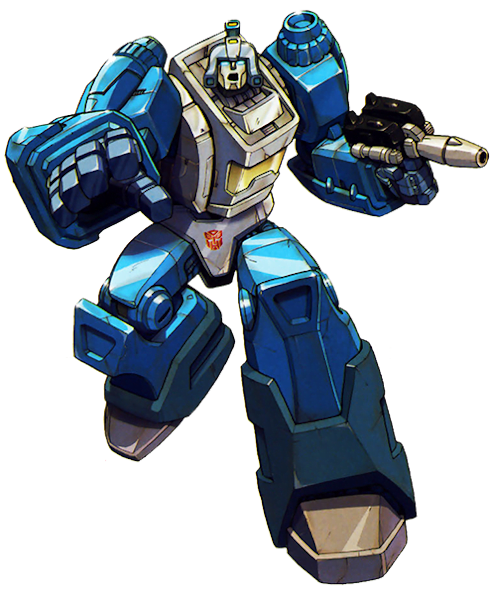
The way they handled Blurr in the movie was to have him talk very quickly, with a voice artist renowned for talking fast. That’s John Moschitta Jr. aka ‘Motormouth John,’ whose wikipedia page is easy to read, Telatraan-1, who has been responsible for a lot of voice acting in other roles. If you saw an ad for Micro Machines, or something like FedEx that had a super fast voiceover? That was this guy.
Blurr is meant to be fast, but if you look at him in the movie and subsequent series, they never do anything with that. Because, the most interesting thing about this is how we represent the affect of being fast, compared to the practical reality of being fast.
Like, the fastest way to answer the question ‘are you ready’ is ‘yes.’ And instead, Blurr would answer a question with dozens and dozens of words, and he would be shown moving at the same speed as other characters with a blurring outline. And that was good enough for me, as a kid, to look at Blurr and think ‘oh hey, I guess he’s really fast.’
But what does really fast mean?
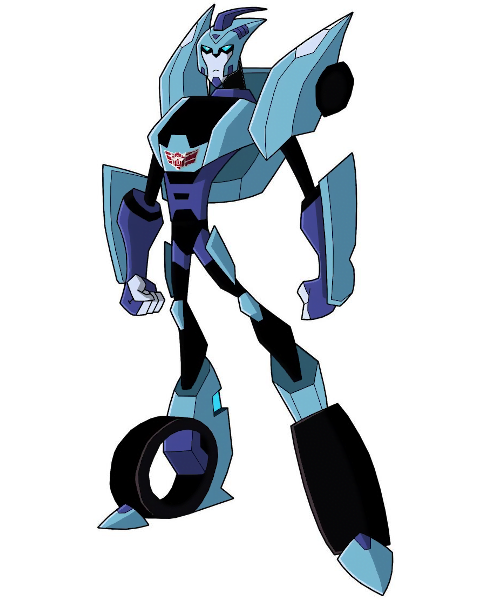
Blurr showed up again, voiced again by Motormouth John, in Transformers Animated
Which is the best Transformers,
Where he once again was verbose, but also he had things to say. Original Blurr was a character who had nothing to say, but said it a lot; but then in a later iteration he had the same affect, doing very clear, very quick, descriptions of the entire plot up until now. It’s interesting, too, because the character was also treated as if he was very fast, and him being fast was treated this way to both update late viewers on the plot, and to convey extremely complicated scenarios and solutions.
If you have a fast character, consider why you need them to be fast, and ways to use that fastness.
Okay, there, now, how do you end an article like this?
Quickly.
Speed Week: Game Development Sprints
During any given week, I have a Ke$ha moment, where I wake up in the morning to work on the ph-diddy. Every day I need to work on a large project, that I will still be working on at the end of the year, and every day I make sure I do something on it, even if it’s not amazing. This means I divide my day, every day, into chunks of time with goals to meet between various bits. I try to make sure I have lunch every day, for example.
This week, in AGDQ, I want to dedicate one block of time, each day, to live tweeting developing a game.I had a whole plan, because there’s normally a game jam, called GAMES MADE QUICK. This year, though, the point is to not make a game. It wants to be a take it easy game jam, with the idea that you make something. A level, an asset, a rulebook, a revision, something like that.

I was planning on doing this anyway, but with that in mind I’m going to do some dedicated, focused experiments in using an hour at a time on game development. One hour at a time – a goal that I have to do the play with the project, but put it down when I’m not.
Here are some rules, up front:
- I pick a start time and tweet that start with
- If I then fritter away the time in that hour doing nothing, or get interrupted, that’s it, RIP that time.
- I can work on existing game ideas or projects and that’s okay
- I can use that hour to do breakdowns of mechanics or things in another game I want to do something with
- One hour later I summarise what I did or looked at or experimented with.
Now, you might have seen some of this already (hi, future!). I don’t know how well I’m doing. It’s possible life has gotten in the way or these projects, but if we have, that’s a problem that we can accept and move on. This is a game jam that wants to be taken easily. What have we gotten up to? I don’t know, the Jam hasn’t started yet, I’m not doing anything until tomorrow, which is yesterday, because time is fake.
There are currently three game projects I am thinking I want to look at for these sprints, though, which I am writing down now so I can come back to this draft later:
- I have the cards and decks for the card game Die Rich done. What I don’t have is that game’s rulebook written. Worst, despite knowing that game pretty well when I started developing it, I’ve kind of forgotten bits, meaning I have to go back in time and try to reverse-engineer the way my own game design works.
- I want to make an upgrade to the game Burning Daylight, a game I love heaps but which I feel I rushed through because I was done with developing it. That’s super frustrating to deal with when the game has this powerful character to it I’m excited by.
- I have a few ideas for microgames, particularly a dice builder game (a competitive one and a cooperative one) and a worker placement game. I kind of like the idea of making a real-time dice roller that forces a sense of speed on players, here in speed week.
If you want to track my progress, and check out my daily sessions, this link will show me talking about it on twitter.
AGDQ 2021
Well now friends if you’ve been checking your clocks you’ll realise that it is Awesome Games Done Quick, a week-long speedrunning event, making this honorary Speed Week, a high holy week for Speedrunning community afficionados. How do you know this is Speed Week? Well, thanks to Game Pile and Story Pile, two of this week’s posts won’t be about speed at all, meaning we’re going to glitch through this 7 day period in only five days.
Don’t know what Speedrunning is? Okay, I got you covered. A demon with two tongues tore a hole through my mirror to feast on the illusion of me in the surface, and while she was here, she left behind this FAQ about Speedrunning that you can check out to get up to speed on it if you’re not already there. With that in mind, and with the spirit of the week underway, let’s get you a real quick summary on why I like Speedrunning and what experience it might scratch for you.

Story Pile: Flushing 2020
The end of year is a time when media production gets busy, and that means it’s a time when media makers get busy making backlogs of media to try and spend some time relaxing. I mean unless you don’t do Christmas, but even if you don’t do Christmas, you’ll probably still have some reduced attention and time. What steps up to fill that void in easy content lands is the listicle, and that’s why you’ll often get year-ender list gluts. If you work in media, that’ll often be things like a top ten of the year, or the month-long top hundred, or, often, a top ten and bottom ten.
I dedicate my Decembers to Da Ween, Yo, and that means that I try to make sure my December has a really positive, sweet, easy tone. No big heavy analysese, no takedowns, no ‘wow, this sucks!’ and that also means if I vent some fun spite, nobody misses it because of I dunno, turkey comas or whatever we blame our suddenly not being Extremely Online.
I watched, or started watching, a lot of stuff in 2020 that could have been a Story Pile. In a lot of cases, I did not write about them, This is because for a number of them, they were boring or annoying and I did not enjoy them.
Let’s look then, at the worst things I spent my time watching in 2020.
What Does A Mask Say?
Content Warning: Pandemic Talk
Continue Reading →Let’s Talk 2021!
Hey, uh, some of the 2020 plans got a bit weird didn’t they? Phew! Good thing that all of those things are exactly over and now it’s 2021, all the problems that 2020 had are over because we tore the tab off a new calendar.
First up, there are theme months; months when I’ll try to use the theme to focus topics. This means that you’re less likely to get a lot of stuff on this topic all the time. This is going to break down as follows:
- February is SMOOCH MONTH
- April is TALEN MONTH
- June is PRIDE MONTH
- August is TRICKS MONTH
- October is DREAD MONTH
- December is DECEMBERWEEN
I also plan on producing content in the following forms, each week:
- Every Friday is a Game Pile
- Every Monday is a Story Pile
You may think: Hang on, these don’t show up on those dates. Yeah, because you live in America. These are Friday and Monday, my time. So nyeh.
Let’s talk about types of topics though. Each of these articles types are going to be ‘lightly capped’ at one post a month. This is to enforce a degree of variety and make sure each of these things have room to breathe.
- One Magic The Gathering article a month. With the rate of releases of MTG content, I prefer to make sure that my posts on this matter aren’t trying to keep up with the ‘proper’ pace, but instead be pieces that take my ways of playing Magic seriously.
- One 4th Edition D&D Themed Article. There’s still lots in 4e D&D that deserves some attention. I know I have a thing about forced movement and smart targeting coming up on this one.
- One 3.5th Edition D&D Themed Article. The awkward ugly cousin of 4th edition, I still have a lot of fondness for dumb things it could do and ways we can do better than what it asks of us.
- One How To Be post. These are fun breakdowns of how to approach a character and I try to build them in blocks so the middle section of ‘how do I get at the mechanical core of this idea with the tools I’ve got’ is readable for anyone.
- One T-Shirt design post.
Now, on to game design and posts about that.
Originally the plan for game making for me was a new thing each month. This meant that each month needed to fit in playtesting and graphic design and printing and prototyping and that worked out okay when I was primarily a student doing Honours, and had some blocks of free time and reason to hang around at the university doing random pickup games with strangers. Since then I’ve had an experience I don’t want to repeat, where someone comes to my table at a convention and asks me about the games I’ve made, and I have to introduce them, in a tiny window, to thirty games.
The notion that face-to-face sales and personal play is important made me feel that more time on fewer games was a way to go. Having a new thing at a convention means you have a conversation, but you don’t have a big backlog to go over. I had low-key the idea that I would try and make at most, two games per convention in 2020; that a single new game to launch at an event was a better idea than having to explain twelve different games to someone who hadn’t seen me in a year.
This meant in game development terms I had four major events in mind: CanCon, Comic-Gong, MOAB, and SMASH! We know there won’t be a CanCon this year, so that’s out, which is a bummer, and the odds are good even if the pandemic dies down and conventions come back, it’s exceedingly unlikely we’ll have those same cons springing up, out of nowhere, this year, at the same size as they would have been. This has put game development on hold, which
Uh
Yeah, that’s been a bit of a thing.
I do seek to present some more pieces on examining game ideas and structural ideas I’ve been working on on this blog. I find this kind of stuff really exciting and interesting, and being able to go back over the games I’ve explained later results in moments of ‘ohhhh wait, that’s how I should do it!’ I do want to keep doing posts like that. This year, I don’t know how those gaming events are going to happen, and so, I’m going to operate on the assumption that they’re not, but that I do want the tools to be available. I’m going to spend this time I’m working on building apparatus to make a game making process, documented and clearly explained in about three months.
There! That’s the plan!
Game Pile: What Left In 2020?
Hypothetically, you could run a list of all the Game Pile Articles and know everything I’ve covered, already.
Which I do.
The original purpose of the Game Pile was to serve as a direct accounting of every game I played from my at the time unmanageably large Steam collection. I didn’t look at that collection for years, and now, over the starting on eight years of this blog, I have been using the Game Pile as a category to talk about games, and things, and things about games, and using games to talk about things. Part of getting this pile under control was playing a lot of them, and part of it was building familiarity with Steam’s tools.
I have a category I put games in when I’m done with them: ‘Completed.’ At the moment, on Steam, I have 324 games outside of that category, and 434 games in that category, meaning that in the context of Steam, I have more than half completed my Game Pile. It has obviously grown in this time, and I’m sure it will grow a little by the time the Steam Winter sale ends. This isn’t accounting for my Itch collections, or the physical boardgames that are also sometimes included, or just random flash games or folk games I talk about too.
Still, the Steam list is a large volume of things, and at the end of each year, I do run through some games and look at the stuff I moved to the Completed category that I haven’t written about, and have in fact, committed to not bothering to write about.
I haven’t done any full-blown revisits yet. I used to do ‘Deeper in the Pile,’ back when I was interested in parleying this blog into a journalism job. The idea was that the Game Pile posts would be entertaining reviews, then the Deeper in the Pile posts would examine things in the game in greater depth. Sometimes I use a remastered edition as an excuse to go back on a game, but otherwise, it’s pretty much that if I didn’t talk about a game and moved it into completed, there was a reason.
Well, it’s the end of the year (oh no, writing forward into the future revealed) and I’m tired, so let’s talk about some games that weren’t interesting enough to merit a full article. As with all of these, though, once I put the thoughts out there, I may come around to a new idea and realise that hey, no, here’s an academic concept or a game design idea I can totally use, and they’ll get pulled out of storage. Who knows!
Continue Reading →